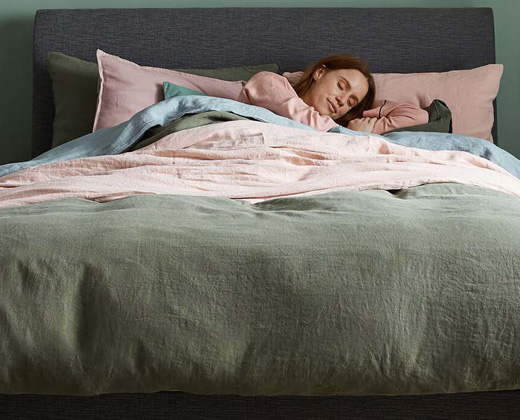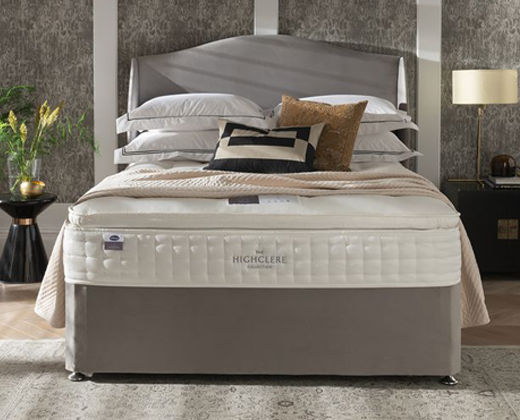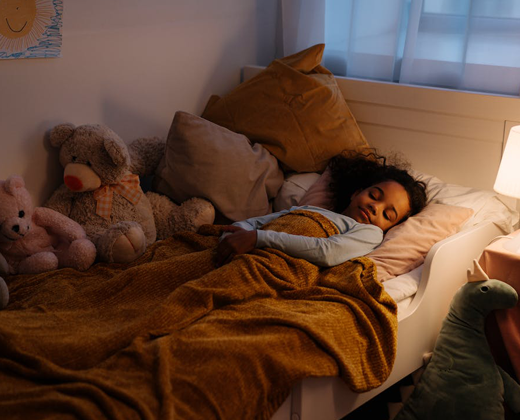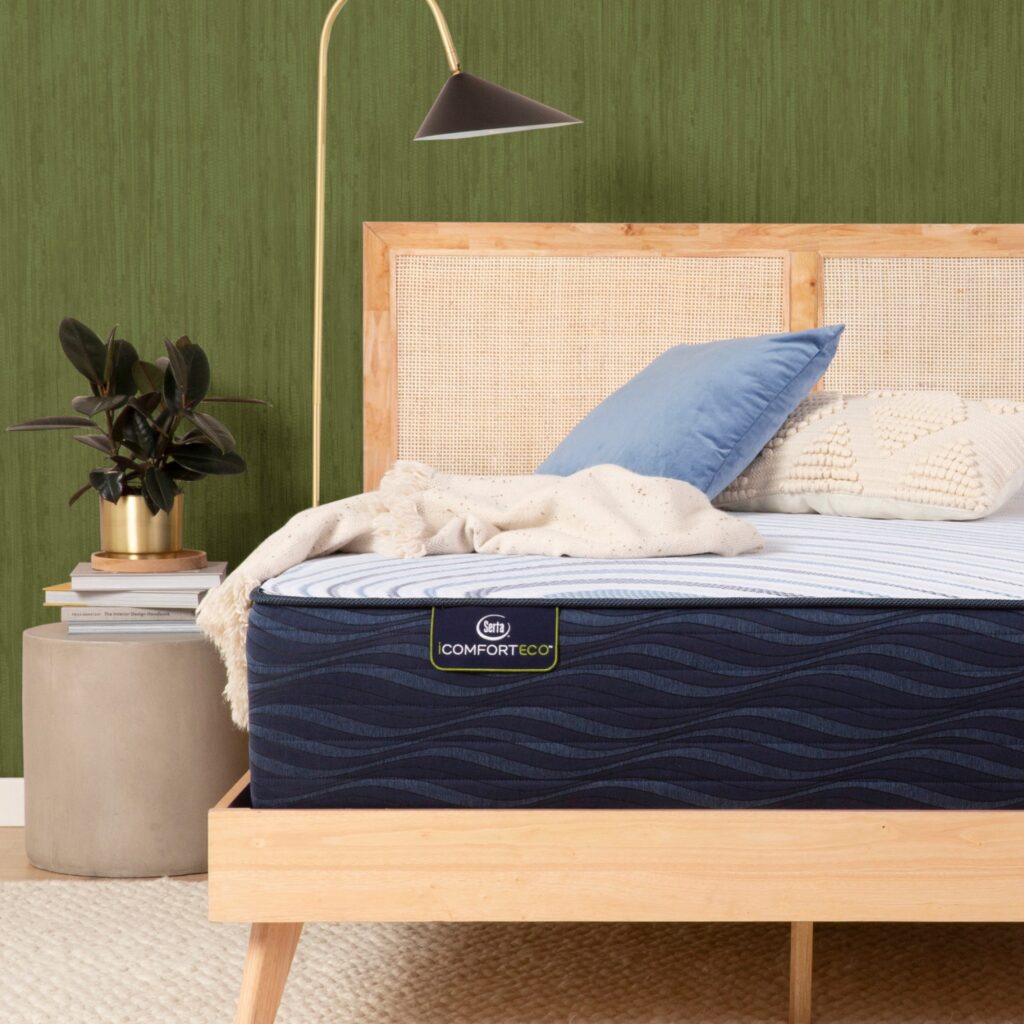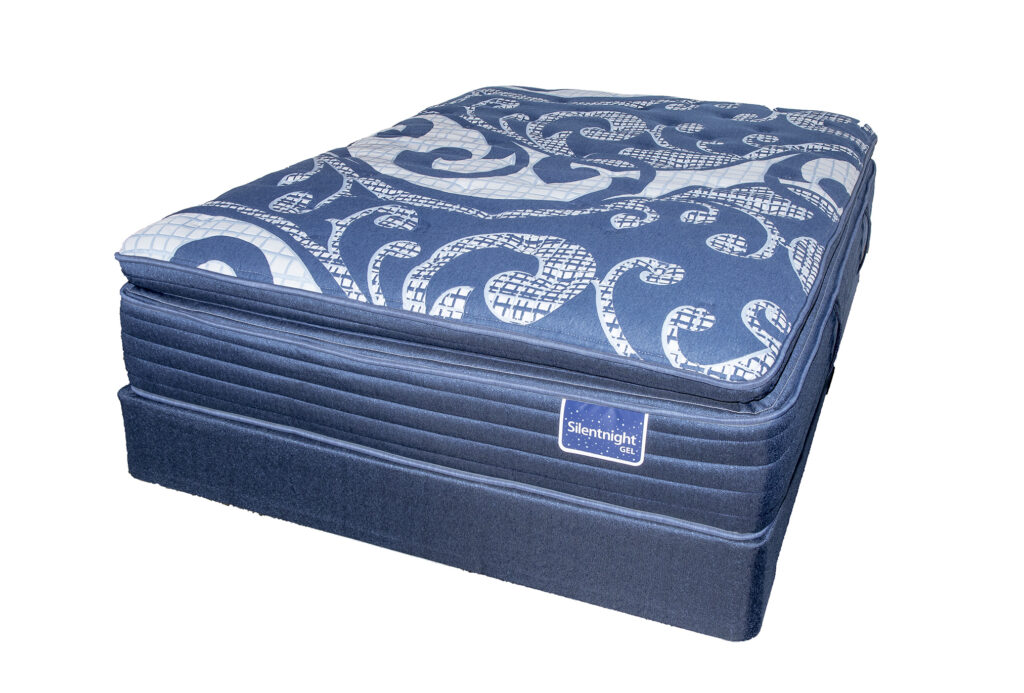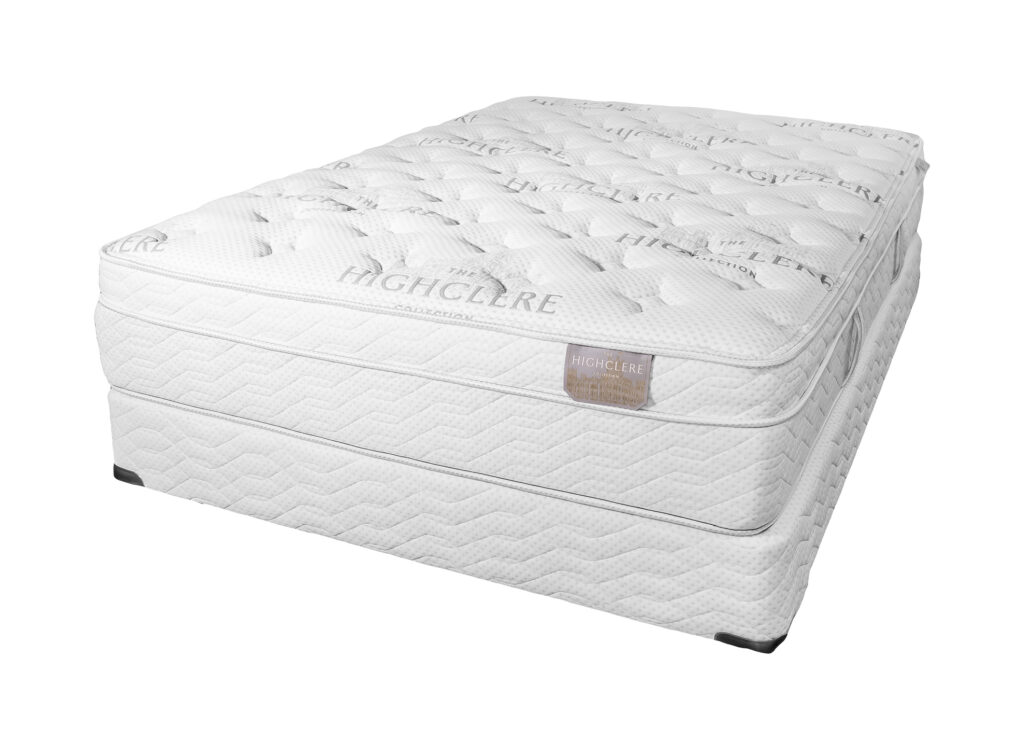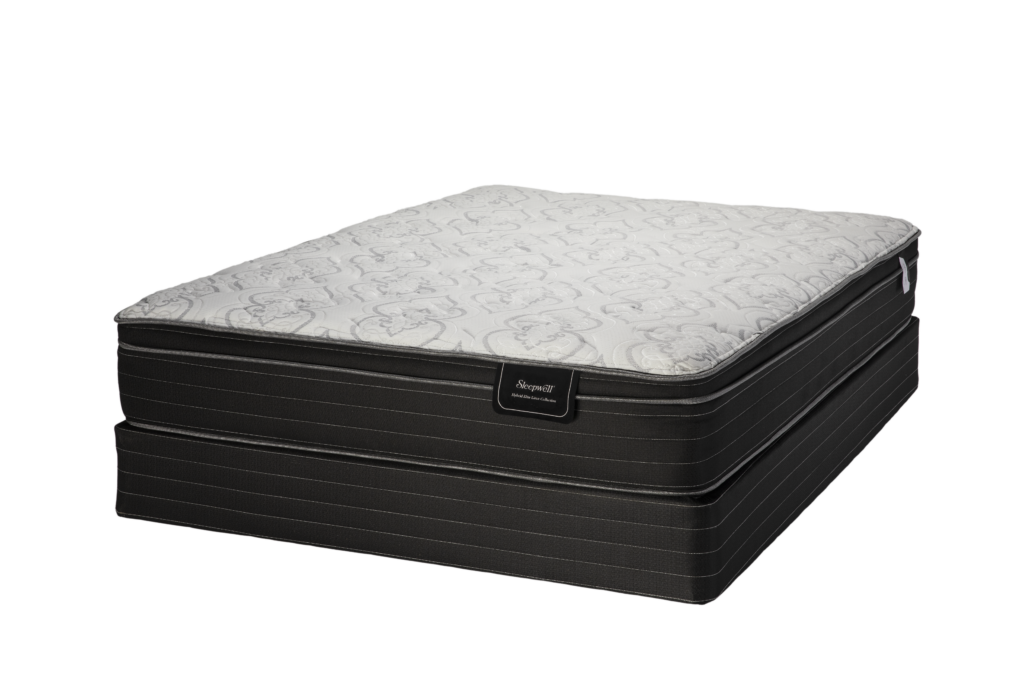Transform Your Sleep Experience with AW Mattress
Unbeatable comfort for ultimate sleep experience.
Over 90 Years of Providing
Premium Mattresses and Comfort
Transform Your
Sleep Experience
with AW Mattress
Unbeatable comfort for ultimate sleep experience.
Over 90 Years
of Providing Premium
Mattresses and Comfort

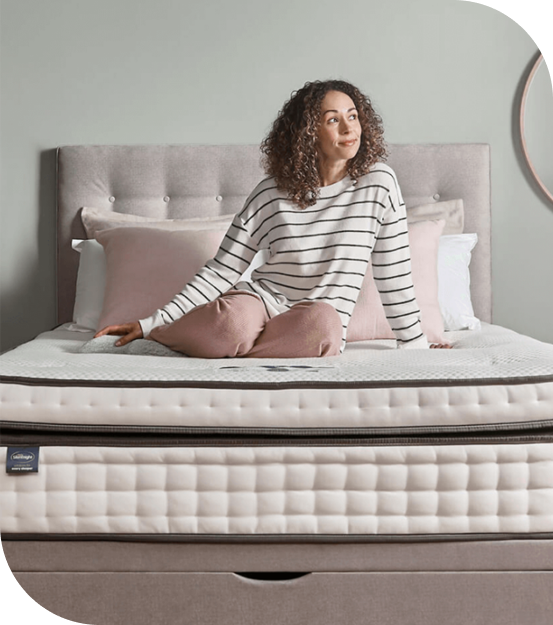
At AW Mattresses, we believe that a good night’s sleep is essential to living a happy and healthy life.
Our knowledgeable and friendly staff are always on hand to help you find the perfect mattress to suit your needs and budget.

To provide the best sleep experience possible through innovative products, quality materials, and exceptional customer service.
At AW Mattresses, we believe that a good night’s sleep is essential to living a happy and healthy life.
Our knowledgeable and friendly staff are always on hand to help you find the perfect mattress to suit your needs and budget.
Good sleep is
an investment
Good sleep is an investment. It’s an essential part of health, well-being, and happiness, so when you’re buying a new mattress you want to know that you’re making the right choice.
After all, you spend a third of your life asleep, so this is not an investment to take lightly. With so many new styles and technologies from which to choose, finding the right mattress may seem intimidating. You want a product that’s affordable, high-quality, and perfectly suited to your needs. At AW Mattress we understand the importance of our product.
Family-owned and operated, AW Mattress produces quality mattresses that lengthen the replacement cycle and provide years of good sleep, which has helped us to earn our national reputation for professional, quality service. Our customers know that they can depend on us to find the perfect beds for their families, from sleeping babies to teens and seniors, from one generation to the next.
After all, you spend a third of your life asleep, so this is not an investment to take lightly. With so many new styles and technologies from which to choose, finding the right mattress may seem intimidating. You want a product that’s affordable, high-quality, and perfectly suited to your needs. At AW Mattress we understand the importance of our product.
Family-owned and operated, AW Mattress produces quality mattresses that lengthen the replacement cycle and provide years of good sleep, which has helped us to earn our national reputation for professional, quality service. Our customers know that they can depend on us to find the perfect beds for their families, from sleeping babies to teens and seniors, from one generation to the next.
Good sleep is
an investment
Good sleep is an investment. It’s an essential part of health, well-being, and happiness, so when you’re buying a new mattress you want to know that you’re making the right choice.
After all, you spend a third of your life asleep, so this is not an investment to take lightly. With so many new styles and technologies from which to choose, finding the right mattress may seem intimidating. You want a product that’s affordable, high-quality, and perfectly suited to your needs. At AW Mattress we understand the importance of our product.
Family-owned and operated, AW Mattress produces quality mattresses that lengthen the replacement cycle and provide years of good sleep, which has helped us to earn our national reputation for professional, quality service. Our customers know that they can depend on us to find the perfect beds for their families, from sleeping babies to teens and seniors, from one generation to the next.
Featured Products
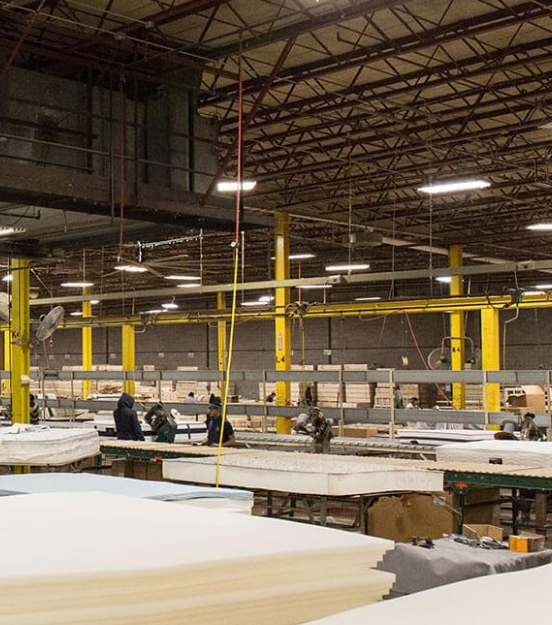

Manufactured
in the usa
We’re proud of our American designed, manufactured, and built bedding products, and we’re confident that you’ll find the perfect mattress, boxspring, and base among our various options.
Frequently asked questions
Our mattresses are available in all standard sizes:
- Twin (37 in. x 74 in.)
- Full (52.5 in. x 74 in.)
- Queen (59 in. x 79 in.)
- King (75 in. x 79 in.)
Other specialty sizes such as Twin Extra Long (37 in. x 79 in.), Full Extra Long (52.5 in. x 79 in.), California King (71 in. x 82 in.), may be available. Contact us to inquire.
Mattresses are available in a wide range of comfort levels, from extra firm to ultra plush pillow tops.
- Firm – Solid support with a bit of cushioning. This level is often recommended for back sleepers and those who need a balance between support and softness.
- Medium – Comfortable with decent support. It’s generally suitable for most sleeping positions and body types.
- Plush – Very soft, cozy feel. This feel is favored by people who enjoy sinking into their mattress for a cozy feel.
- Ultra-Plush – Super soft, like sleeping on a cloud. This level is great for people who love a very soft and hugging feel from their mattress.
Comfort layers are the soft, cozy parts on top of a mattress that you actually feel when you lie down. They’re like the padding that makes the mattress comfortable. Here are some common types of comfort layers:
- Polyurethane Foam: Polyurethane foam is versatile and can be found in various levels of firmness. It’s used to provide a range of comfort and support depending on the specific formulation and density.
- Memory Foam: Memory foam also called “Visco-elastic” or “slow-recovery” foam is known for its ability to conform to the shape of your body, providing excellent contouring and pressure relief. It is also characterized by its minimal resistance to pressure, hence its conformability and “slow recovery”.
- Latex Foam: Latex foam is responsive and durable. It offers a supportive yet bouncy feel, making it suitable for those who prefer a bit of resilience along with comfort.
- Gel-Infused Foam: Like traditional memory foam, gel-infused foam provides excellent pressure relief. It conforms to the shape of your body, distributing weight evenly and reducing pressure points, which can improve comfort and help alleviate pain. Cooling materials, often in the form of gel beads or particles, are added to the foam during the manufacturing process to improve its temperature-regulating capabilities.
- Pillow-Top: A pillow-top comfort layer is an additional layer of cushioning sewn onto the top of the mattress. It can be made from various materials, such as memory foam, latex, or fiberfill.
- Hybrid Layers: Consists of a combination of materials, such as memory foam, latex, or micro coils. This is designed to provide a mix of contouring, bounce, and support.
- Quilted Cover: While not always considered a separate comfort layer, the quilted cover on top of the mattress can also contribute to comfort. It’s typically made from fabric and fiberfill, providing a soft and inviting surface.
Cleaning and maintaining your mattress can help extend its lifespan and keep it in good condition.
Use a Mattress Protector: Invest in a good-quality mattress protector to shield your mattress from spills, dust, and allergens. This will make cleaning easier and protect the mattress from stains.
Rotate the Mattress: Periodically rotate your mattress to even out wear and tear. If your mattress is one-sided (no-flip), simply rotate it 180 degrees. If it’s double-sided, flip it over as well.
Vacuuming: Use a handheld vacuum or an upholstery attachment to gently vacuum the surface of your mattress. This will help remove dust, dirt, and debris that accumulate over time.
It is important that you test your mattress before you buy! You can try our mattresses at one of our retailers. Click here to find a retailer near you.
Warranties vary with product lines, and within products. Contact us to inquire.
Quality & Selection
Decades in this industry have taught us what works. We never settle for good enough.
Comfort & Cost
We offer lower prices for the same set of features compared to our competitors.
Made in the USA
Designed and manufactured in the United States using American regulated materials.
Suits Any Lifestyle
Experience the ideal sleep solution that caters to your individual needs.

Manufactured
in the usa
We’re proud of our American designed, manufactured, and built bedding products, and we’re confident that you’ll find the perfect mattress, boxspring, and base among our various options.
Visit our Mattress Stores
You spend one-third of your life in bed, so it’s important to choose your mattress wisely. At our retailers, our experts can remove the stress, so that you can focus on your rest. Visit our products at any of these locations, that carry our American Made Mattresses and Bed Bases.


